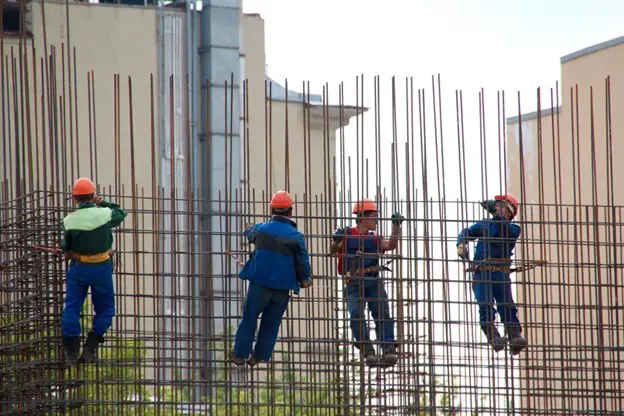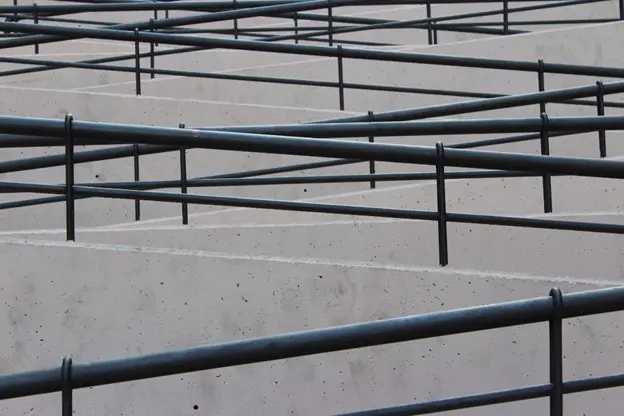Role of concrete lifting in sustainable building, Property structural integrity, Engineered systems
Reviving Urban Spaces: The Role of Concrete Lifting in Sustainable Architecture
16 June 2024
Maintaining infrastructure while coping with an ever-increasing population and environmental concerns is a never-ending challenge in urban areas worldwide. Cities often experience damaged or sunken pavements and floors that aren’t level, which pose threats to safety and visual appeal.
There has never been a greater need for sustainable solutions as communities attempt to make their cities more livable in the face of ecological crises. Concrete lifting has become vital for addressing these issues since it combines practicality with environmentalism.
Brief Overview of the Issue
To address the widespread problem of deteriorating urban infrastructure, it’s essential to understand that poor construction, erosion, and heavy usage have worsened it.
Repairing these damages using traditional methods may require a lot of money and time since they often demand complete demolition and remodeling, which is also harmful to the environment.
Besides, such ways generate more waste and emit more carbon, thus putting more pressure on the city’s ecosystems.
Importance of Sustainable Architecture in Urban Development
Sustainable architecture aims to minimize the environmental impact of notable buildings and cities by focusing on energy efficiency, resource conservation, and waste minimization. Sustainable development within towns and cities will often mean practices to ensure their long-term resilience, as healthy urban environments are crucial.
Cities that incorporate sustainable architecture into their urban planning can extend the life of infrastructure, lower maintenance costs, and improve residents’ overall quality of life.
Understanding Concrete Lifting
Concrete lifting, slab jacking, or mud jacking raises sunken concrete slabs to their original position without needing replacement. To correct sunken concrete, small holes are drilled into it. Under this slab, a grout mixture or polyurethane foam is pumped into the holes. The concrete is lifted back to its original level by injected materials.
Explanation of Concrete Lifting Process
Concrete lifting starts with a full assessment of the affected area to establish the causes of the settlement. The sunken concrete receives small holes, usually two inches in diameter.
A slurry mix or polyurethane foam is then injected through these holes. The mixture expands and hardens, stabilizing the soil and raising the concrete slab. After the lifting, the holes are filled, leaving no visible mark on the surface.
For more localized solutions, you can search for “slab jacking near me”. This will provide connections to professionals specializing in this method.
Benefits of Using Concrete Lifting in Sustainable Architecture Projects
Raising concrete has many advantages, especially in sustainable building. It dramatically reduces the need for new materials because old concrete slabs are preserved and reused. This saves resources and also reduces waste production.
Moreover, lifting isn’t as intrusive as a complete replacement, allowing city areas to stay operational while minimizing repair downtimes.
Environmental Benefits
Using concrete lifting helps protect the environment in many ways. The biggest benefit is that it allows us to reuse materials that already exist. This means we don’t have to use as many new resources or create as much waste.
When we build things the usual way, they often knock down old concrete structures. This creates a lot of rubble that has to be hauled away and dumped in landfills. Making new concrete also releases gases that harm the air.
Concrete lifting prevents all that destruction. It fixes concrete that’s cracked or settled without tearing anything down first. By reusing what’s already there, concrete lifting cuts down on pollution, conserves natural resources and produces less trash.
Predictions on the Future of Concrete Lifting in Sustainable Architecture
Concrete lifting is projected to become increasingly important in addressing the rising demand for sustainable infrastructure solutions as cities grow. Improvements made in material science and injection technology are anticipated to enhance the process’s efficiency and effectiveness, thus making it more appealing to town planners and developers.
Potential Innovations and Advancements in the Field
New changes are happening to make concrete lifting better for the environment. Companies are creating grout mixes that are eco-friendly, which replace traditional mixes that may contain harmful chemicals.
The new grout recipes use natural, biodegradable ingredients that are safe for the planet. They are also making improved polyurethane foams. These new materials help reduce the negative impact on the environment.
In addition, digital technologies like 3D imaging and automated injection systems are being used. These advancements increase precision and reduce human mistakes, helping make concrete lifting more sustainable. With these advancements, concrete lifting is becoming a more environmentally-friendly process.
Role of Concrete Lifting in Sustainable Architecture Conclusion
Revitalizing urban spaces with sustainable architecture isn’t just a requirement but also a chance for creativity and improvement of towns. However, concrete lifting is an essential method during this change.
This method helps restore urban areas’ structural integrity and beauty by providing a cheap, eco-friendly, and least disruptive solution. Therefore, as we head into the future, where resilience and sustainability are essential, it will be vital for us to incorporate these intelligent systems in our city planning and construction practices.
By accepting concrete lifting as one of the tools at our disposal, we not only retain historic buildings but also open doors to cleaner environments within more sustainable cities. In so doing, we guarantee that they stay lively, functional, and able to meet the challenges of tomorrow.
Comments on this guide to Reviving Urban Spaces: The Role of Concrete Lifting in Sustainable Architecture article are welcome.
Concrete Structures
New vaulted style of floor cuts concrete usage
Ground granulated blast furnace slag in concrete production
Concrete – Delivering beyond net Zero

Enhance home curb appeal with custom concrete work
Concrete Construction
Benefits of Concrete in Construction
Quality Precast Concrete for Your Investment
How to pour a concrete patio guide
How to cast custom concrete fountains
Architecture Design
A seleciton of recent climate change posts on e-architect:
Net Zero Carbon Buildings Standard
Difference between carbon neutrality and net zero
Comments / photos for the Role of concrete lifting in sustainable building page welcome








